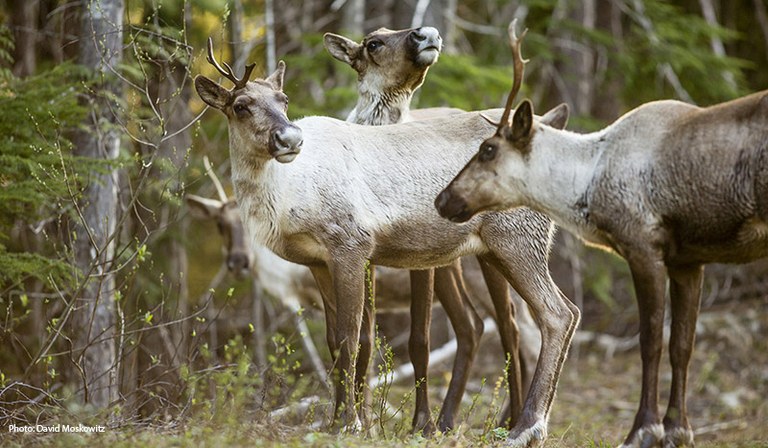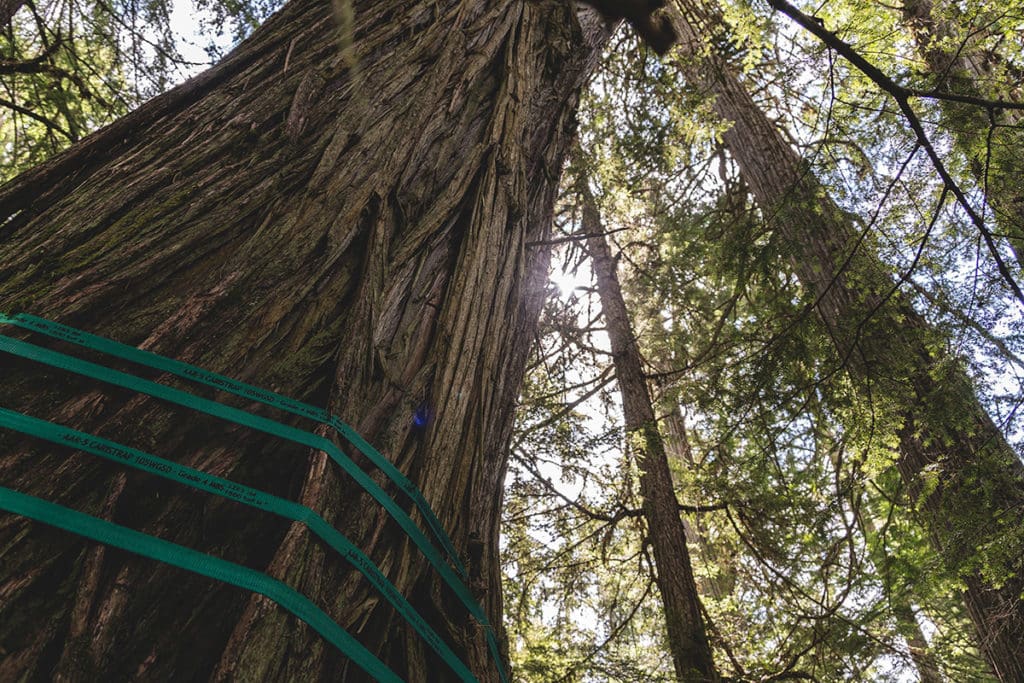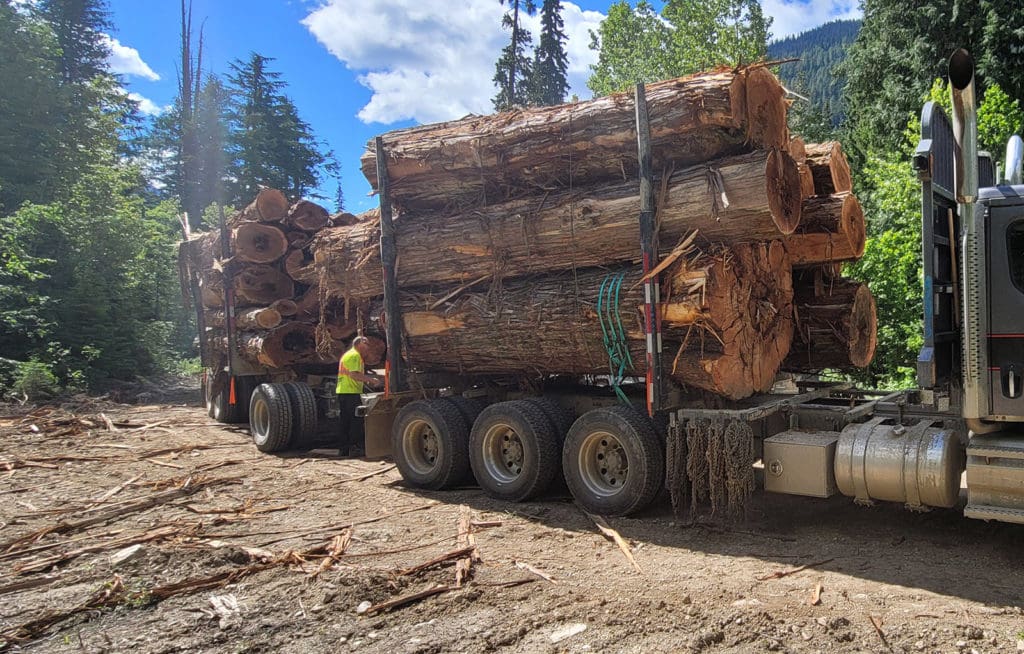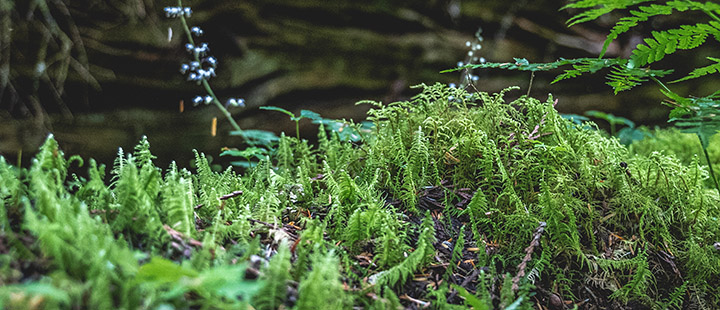Unsustainable logging practices continue to put communities and caribou at risk
While the protests at Fairy Creek have brought significant attention to some of the last big trees on British Columbia’s south coast, the provincial government continues to allow logging companies to haul out huge cedars from the southern interior.
North of Revelstoke, at the Bigmouth Creek Forest Service Road, people have formed peaceful blockades to protect old growth in the globally unique inland rainforest.
Yellowstone to Yukon Conservation Initiative (Y2Y) joins local community members, the Splatsin people and the Secwepemc (Shuswap) Nations, and others in calling on the Province and B.C. Timber Sales to immediately stop building roads and logging in caribou habitat.
“The government has the data, has heard from Indigenous leaders, has heard from communities, and has made public commitments to change, but so far all we see is the status quo,” says Nadine Raynolds, Y2Y program manager.
In 2020, the Province announced a commitment to act on all 14 recommendations of a government-commissioned independent report A New Future for Old Forests: A Strategic Review of How British Columbia Manages for Old Forests Within its Ancient Ecosystems.
B.C. has also committed to recovering threatened mountain caribou, including a bilateral agreement with the federal government. The Revelstoke-Shuswap population shows promise of recovery, but protecting their habitat, which is old growth forests, is essential.
Raynolds points out that the most endangered and valued old-growth trees are still at highest risk of being logged, and deserve full protection. These forests provide critical habitat for threatened species, and cooler, wetter areas that are essentially refugia in an era of climate change.
“Communities, experts and scientists have shown our logging regulations and forestry laws are out-of-date and obsolete. Meaningful solutions include funding and support for land-use planning and a shift to investment in Indigenous and community-driven sustainable forestry models,” says Raynolds.

Once found throughout interior B.C., mountain caribou numbers have been on a serious decline. Recent research shows wildfire and logging have directly contributed to caribou habitat loss across western Canada. Between 2000 and 2018, the rate of loss has accelerated.
In a recent press release, Kukpi7 (Chief) Wayne Christian of Splatsin and Tribal Chief of Secwépemc Nation said, “Caribou provided us with sustenance, clothing, tools, utensils, snowshoes and other necessities important to our physical and cultural survival. Splatsin has a sacred obligation as caretakers and stewards of our area of caretaker responsibility and has refrained from hunting Southern Mountain Caribou for generations due to decreasing population levels and diminishing habitat. We are working with various partners to reverse this trend.”
“We need real action. While governments talk, promise and plan, caribou habitat is literally being hauled away on trucks. Last ditch efforts, including wolf culls, maternity penning, and translocations are only going to delay extinction if we don’t get serious about habitat protection now,” says Raynolds.

More about old-growth forests and the Upper Columbia region
Old-growth forests, including those in the Upper Columbia’s globally unique inland temperate rainforest, are productive places that provide important habitat for endangered mountain caribou, wolverine, and grizzly bears, plus a vast array of rare bird and plant life.
These diverse regions also meet various values and cultural needs for people living nearby. They perform “ecosystem services” for free including providing food, energy, freshwater, fire and flood mitigation, carbon storage, medicines, and outstanding opportunities for recreation and eco-tourism.
Research indicates that the Upper Columbia will be important in the future for climate change resiliency and as a refuge for species of all kinds who will need cooler places to breed. Climate modeling shows this region may see less dramatic changes in temperature and precipitation in years to come. These climate refuges are increasingly important for species that rely on cooler, moister or snowier environments, such as mountain caribou and wolverines.
B.C.’s inland temperate rainforest is a conservation priority not only for wildlife and their habitat, but as a nationally important hotspot for the benefits that people get from nature. This is due in part to its high capacity to store aboveground carbon, tremendous provision of freshwater, and significance for recreation.
First Nations, conservationists, scientists, and community leaders have consistently called for the emergency protection of all remaining endangered old-growth forests, as they can never be replaced.
Background and additional information:
- News Release: Splatsin Opposes Old-Growth Logging near Revelstoke (July 9, 2021)
- Statement: Ktunaxa Nation Council (July 16, 2021)
- Research Brief: Ecosystem Services and British Columbia’s Inland Temperate Rainforest (March 2021)
- Habitat loss accelerates for the endangered woodland caribou in western Canada (April 2021)



